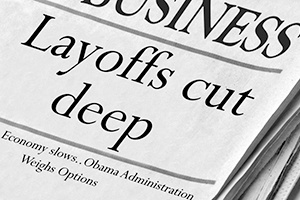As expected, the initial jobless claims report—the one that shows how many people have been laid off and are newly applying for unemployment assistance—was a shocker this morning. Three million people lost their jobs and applied for unemployment last week. This is by far the highest number ever, with the previous record at just under 700,000 in 1982.













